Top 6 Attractions in Gua Musang (2025)
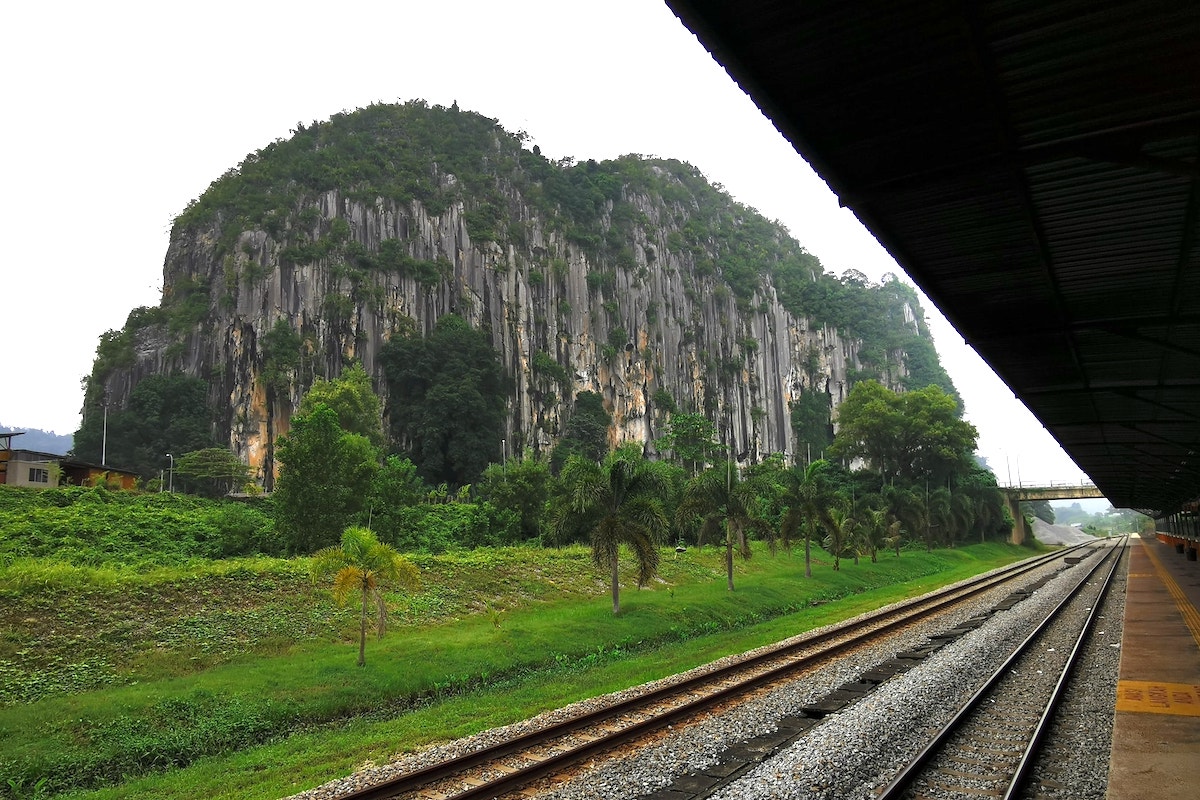
As a town and largest district in Kelantan, Gua Musang shares its border with the state of Pahang, Perak and Terengganu. There are numerous tales regarding the naming of the city, which literally translates to “civet cat cave” in Malay. First, people regularly locate civet cats in one of the caves on the fringes of the town, and the locals have given the area the name Gua Musang since then.
Second, according to folklore, a group of shamans conducted animal sacrifices in front of the cave. A furious storm broke out one day, and a lightning bolt struck the peak of the hill here, splitting it in half. The shamans felt the Cave God was furious with them, and while they prayed, they spotted a large group of civet cats, which gave the town its name. With such a fascinating tale, here are some of the top attractions in Gua Musang that you should visit.
1. Madu Cave (Gua Madu)
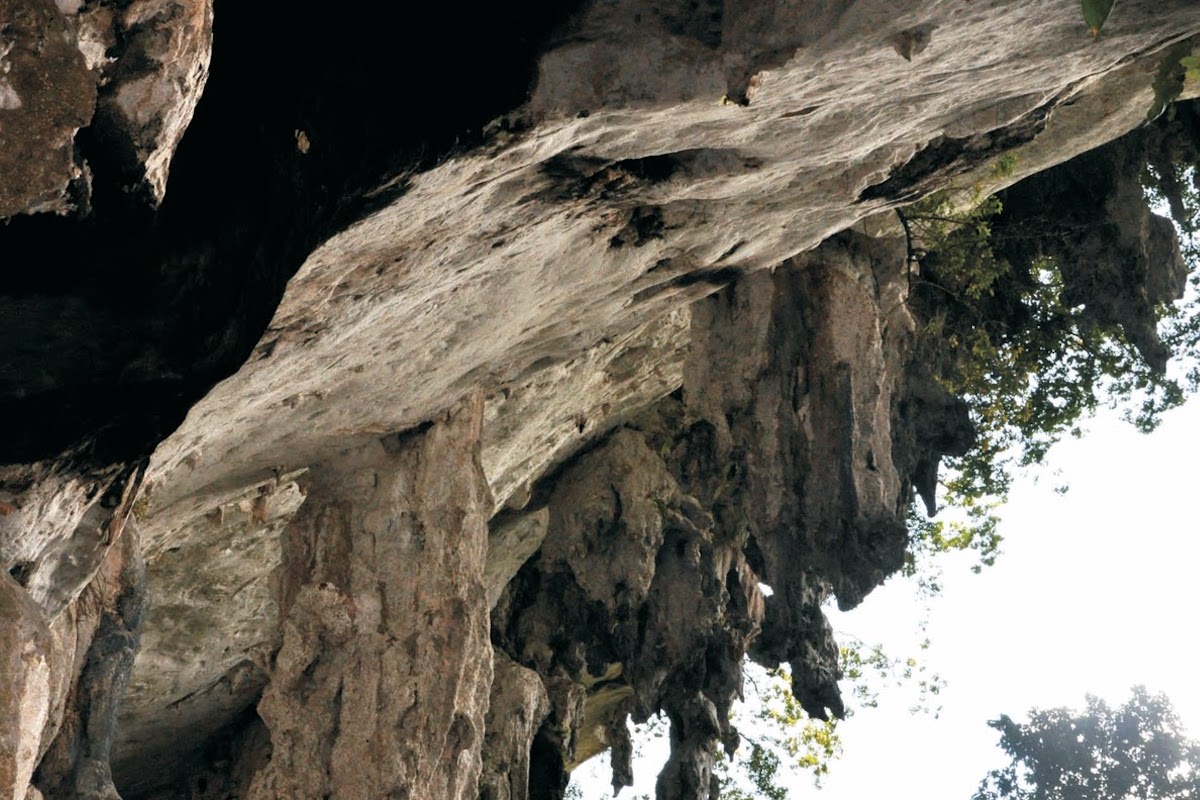
Madu Cave is about 4 kilometres from the town, near Kampung Batu Papan and is one of the most distinctive limestone caves here. It has a river and is surrounded by lush forests and a peaceful village setting, which draws people to participate in leisure activities around there.
Madu Cave literally means “honey cave”, and it gets its name because there are many beehives that produce honey in the cave. It is believed that this Gua Musang attraction is the largest cave for bees to build nests in the state. Tourists may be able to witness honey dripping from the nest if they are lucky. Another fascinating fact about this cave is that it was formerly used as a communist hideout due to its geographical location.
2. Water and Moon Temple
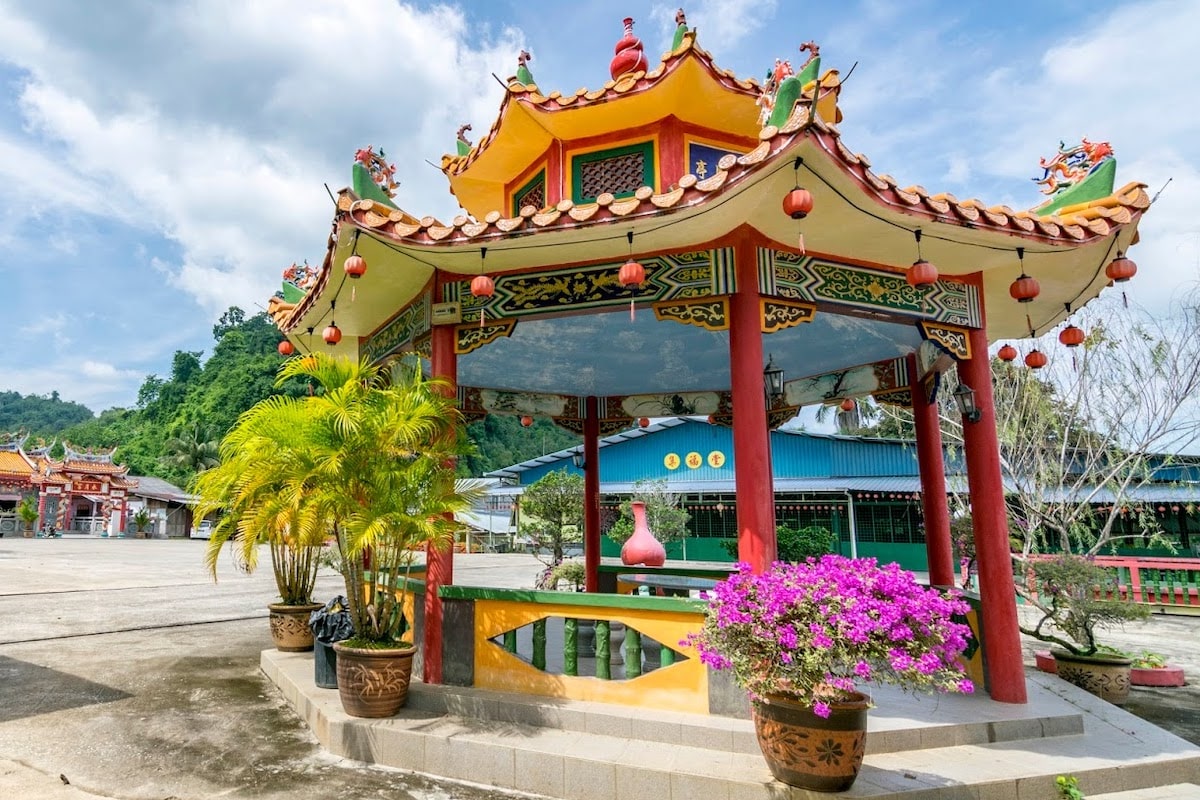
Guan Yin, the Goddess of Mercy, is honoured in the Water and Moon Temple, one of Malaysia’s oldest temples and a massive statue of her that has been sculpted can be found here. The temple was established around four hundred years ago after the Chinese Hakka settled in this town. A fascinating fact about the Chinese Hakka settlers is that they were first renowned for their gold mining operations, but once the gold deposits were gone, they were forced to shift to agriculture as a source of income.
The community eventually integrated with the aboriginal community in the later years. This temple, a living history representation of the community, was built near Princess Hill, known as Zhi Xia Dong in the Chinese community. The cave and the Galas River, which surround the temple, provide a sense of tranquilly to pilgrims and making this one of the most beautiful attractions in Gua Musang.
3. Gua Musang Lake Garden (Taman Tasik Gua Musang)
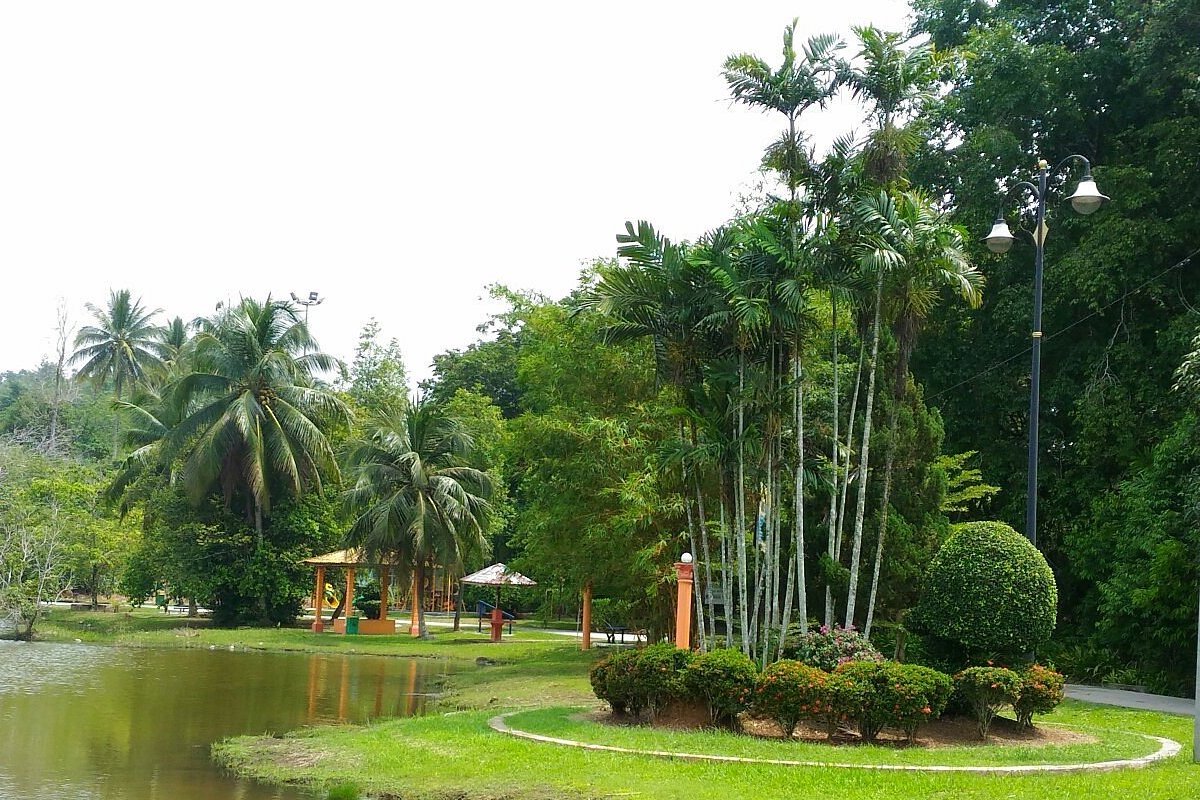
Gua Musang Lake Garden or Ketitir Lake Garden is located beside Gua Musang District Police Headquarters. The lake was once a site of mining activities. This beautiful spot is one of the perfect attractions in Gua Musang for those who love taking pictures as it is surrounded by lush greenery and the beauty of the lake. The lake garden offers recreational activities like jogging, walking and exercising.
4. Old Gua Musang Railway Station
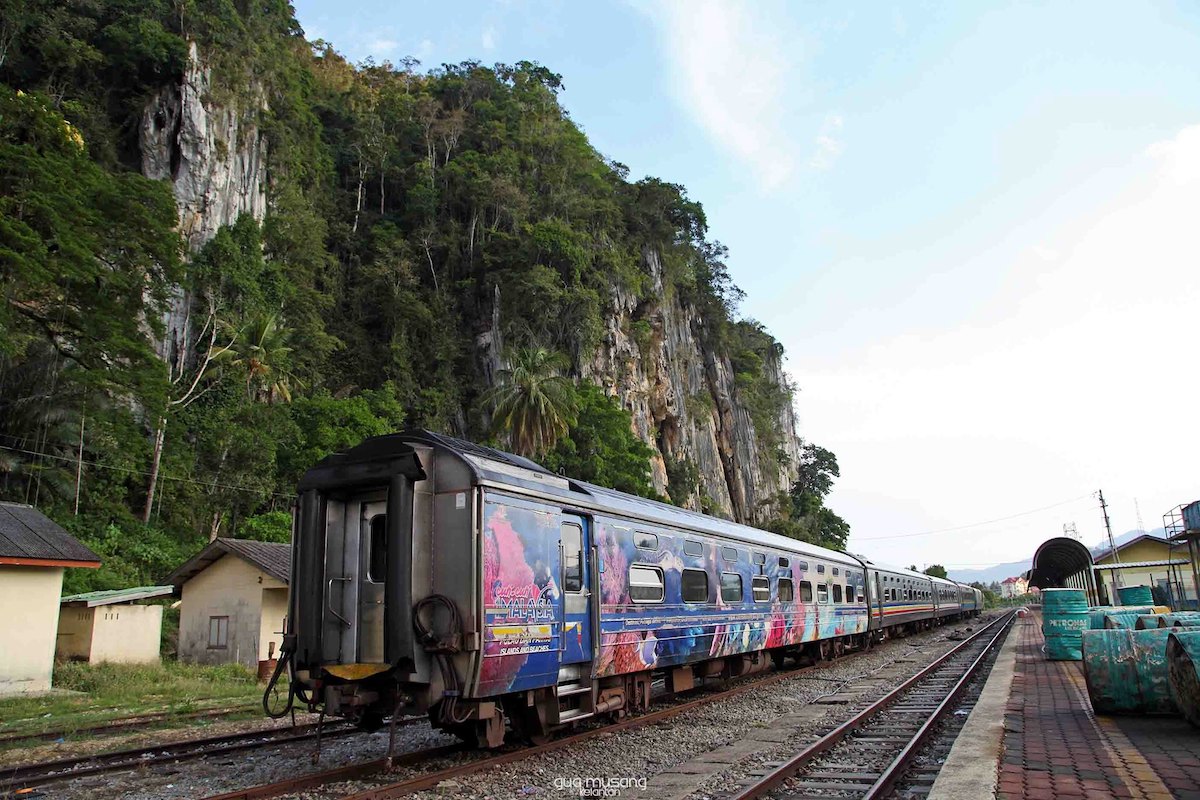
If you’ve ever wondered why a train station has become a tourist attraction, here’s your answer. The railway is distinguished by the natural splendour that surrounds it. Gua Musang Railway Station is situated at the foot of the hill, which is a desolate slope of rocks with deceiving stone stairs that rise to 105 metres.
The hill resembles a stone pillar with a large fissure that practically cuts it in half vertically. Despite the fact that this Gua Musang attraction was shut following a big flood in 2014, it remains available for photography or simply sitting and admiring the splendour.
5. Gua Musang Ethnobotany Park
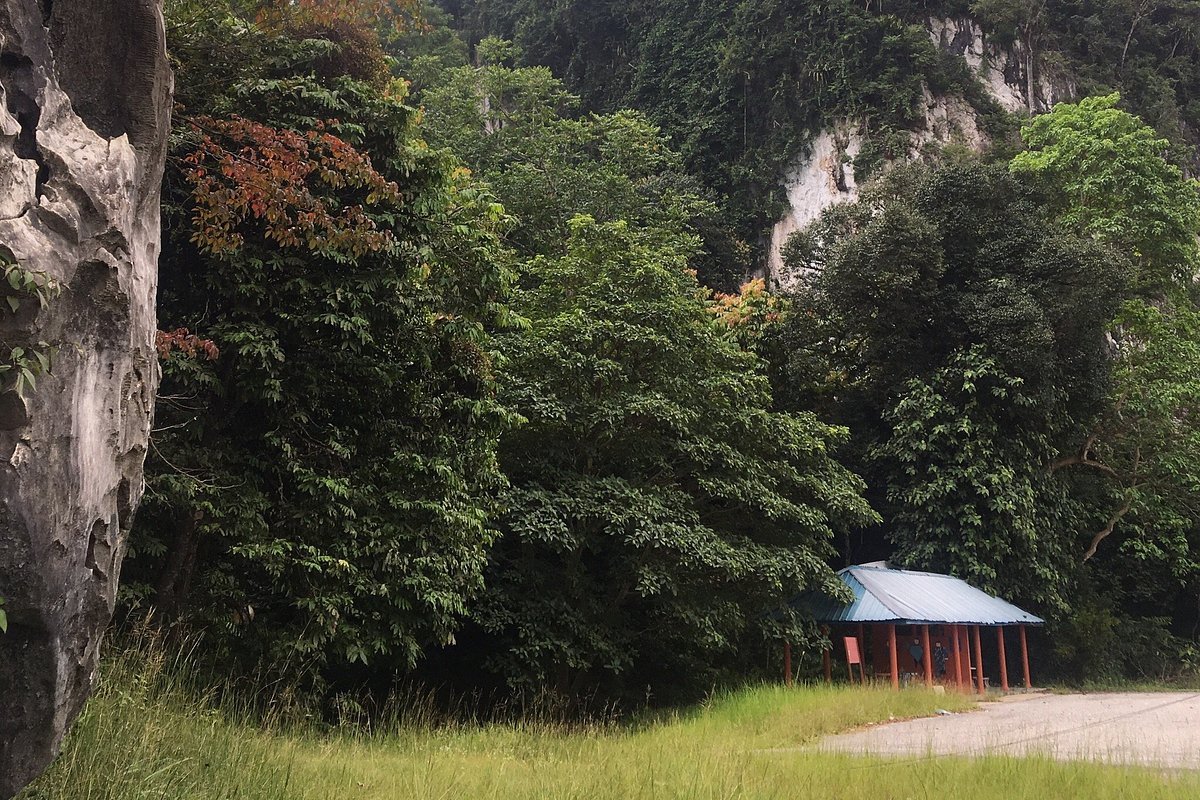
Gua Musang Ethnobotany Park is a criminally underappreciated tourist destination. It was built as a forest research and recreation centre to help preserve the forest and its products, particularly herbal goods. Gua Musang Ethnobotany Park is also a National Service Training Program centre. It is 35 hectares in size and is located near the village on Jalan Gua Musang – Kuala Lipis.
The herb garden and gallery, incubator centres for herbal-based SME businesses, leisure activity facilities, chalets, and a mini animal farm are the primary characteristics of the Ethnobotany Park. Several leisure activities, including rock climbing and camping, are offered apart from organising special activities such as family days, team building courses, etc. The park also functions as a livestock centre for Cassowary birds and Javan rusa deer, apart from it being one of the less popular attractions in Gua Musang.
6. Kuala Koh National Park (Taman Negara Kuala Koh)
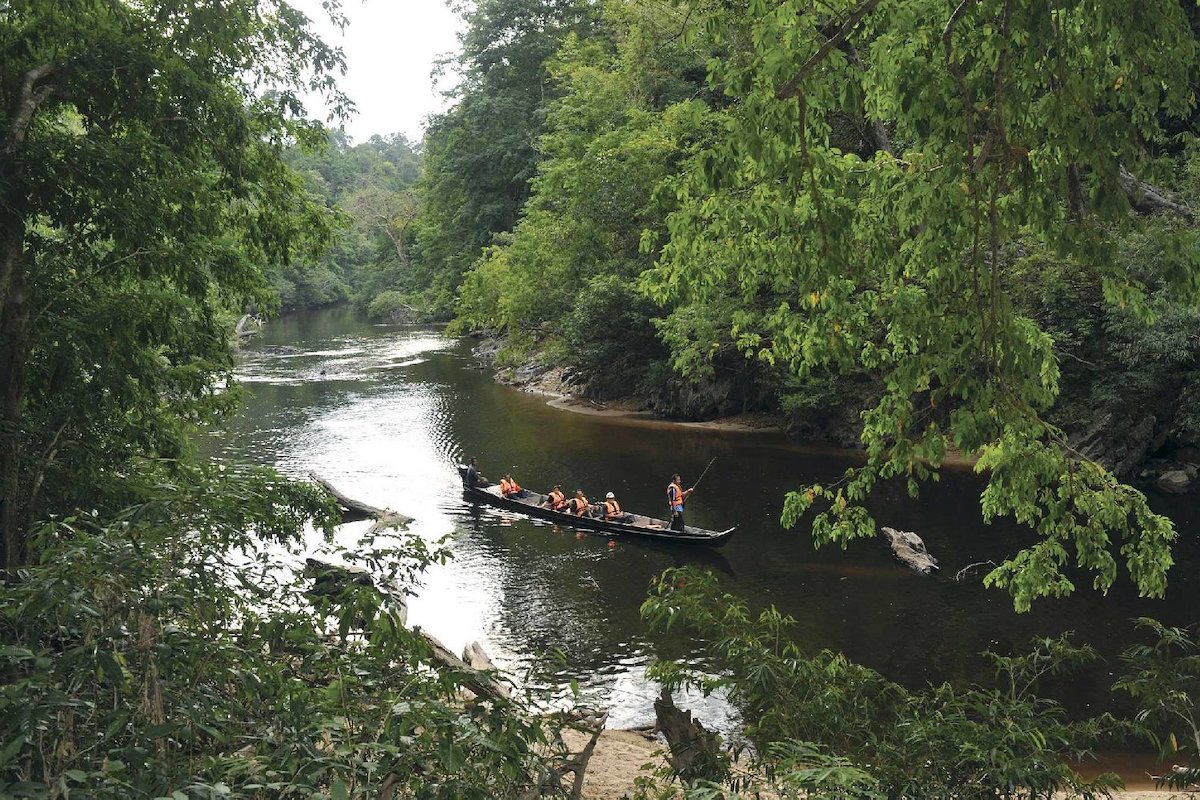
Another one of the many natural attractions in Kelantan, this park is part of Malaysia’s national park and serves as another official entry point to the national park, which covers almost 4,343 square kilometres of area. Located not too far away from the city, this is a paradise for nature lovers as you will get to do activities like bird-watching, fishing, nature photography and jungle trekking.
Besides the exotic floras and faunas that can be found here, you will also be greeted with beautiful natural landscape such as a series of caves, mountains and streams.
Gua Musang is a decent place to visit if you’re looking for fresh tourist attractions outside of the obvious ones like Langkawi Island, Kuala Lumpur, and Kota Kinabalu. For instance, the Chinese Hakka population in this town is fascinating, but many Malaysians are unaware of it. A visit here will be an opportunity to learn more about this community apart from enjoying the different attractions in Gua Musang.
